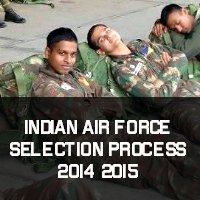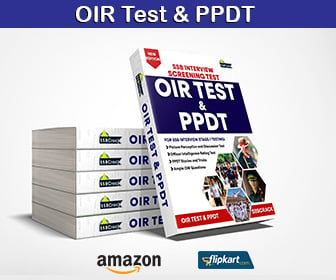If you want to join Indian navy as an officer and looking for information on Indian Navy salary, pay scale, promotions and allowances, here you can find the details on what is the payment/ salary of an Indian navy officer, how they get promotion and what are the different allowances they get.
Indian Navy Promotions and Pay Scale
Promotion from Sub-Lieutenant to Commander is on time scale basis subject to fulfillment of requisite
service conditions. The Pay Scale and promotion criteria are as follows:
Indian Navy Allowances
The rates of allowances applicable to officers are as follows:
Indian Navy Terms and Conditions of Service
The selected candidates will be appointed in the rank of Sub Lieutenant on the date decided by the Integrated Headquarters of Ministry of Defence (Navy) [IHQ-MoD(N)]. The Officers will be on probation for a period of two years or till completion of their initial training (whichever is later), during which they are liable to be discharged if their performance is unsatisfactory. During the period from date of appointment to reporting for training, the individual will be entitled to half the basic pay of the rank, which will be payable as a lump-sum as stipend at the time of joining INA, Ezhimala for training. The terms of SSC will be for a period of 10 yrs, extendable by a further period of 04 years subject to service requirements and performance/ willingness of candidates. Officer inducted under SSC scheme will not be given extension beyond 14 years and will not be eligible for permanent commission. Candidates who fail to qualify
at the final graduation (aggregate 60%) will be discharged from service without any benefits.
Also Read
- Indian Navy Medical Standards (Eye Sight + Height)
- NCC 37 Special Entry Scheme Notification April 2015
- Indian Navy University Entry Scheme UES June 2015
.png) About SSBCrack Editorial Team
About SSBCrack Editorial Team
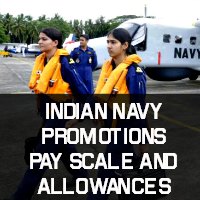
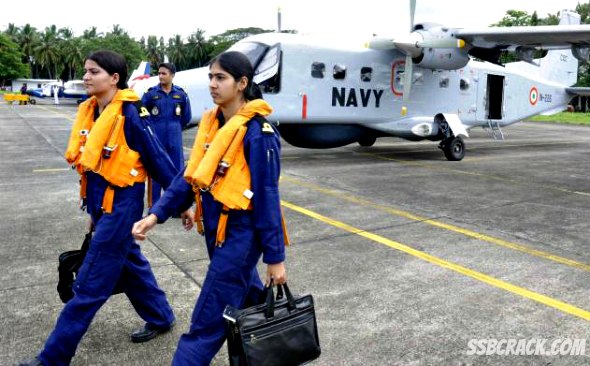
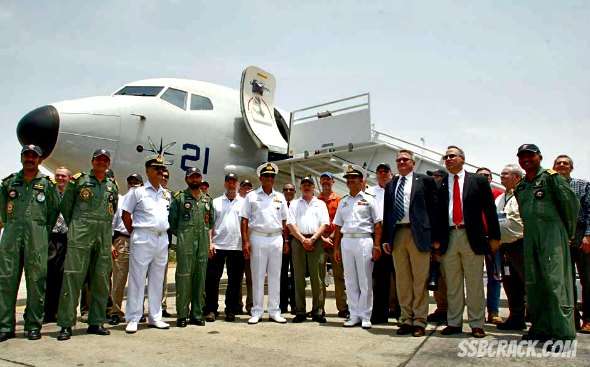
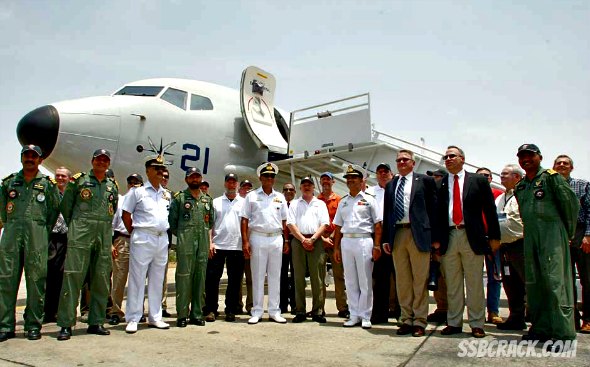
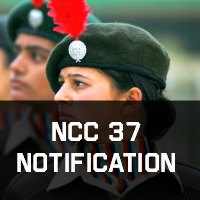
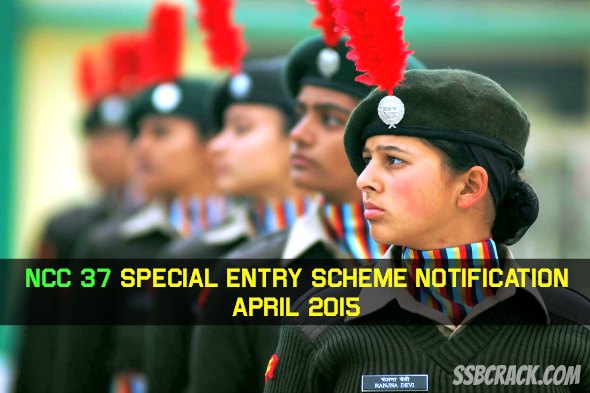
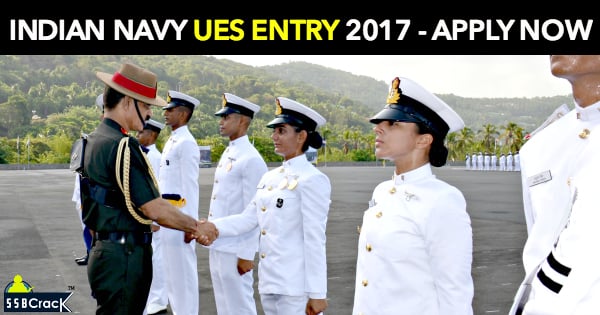
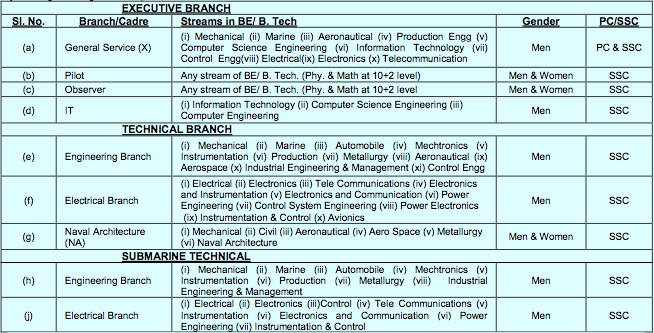
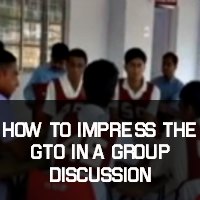
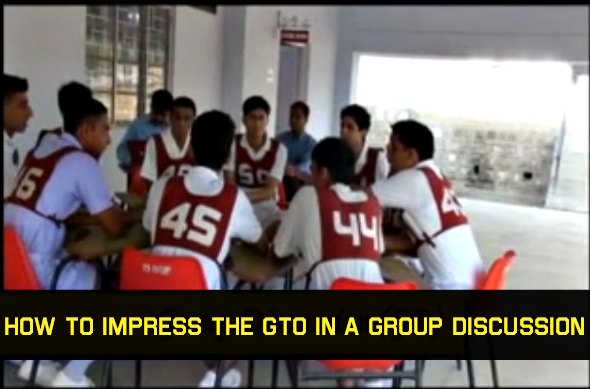
 Jayendra Singh, Editorial Team
Jayendra Singh, Editorial Team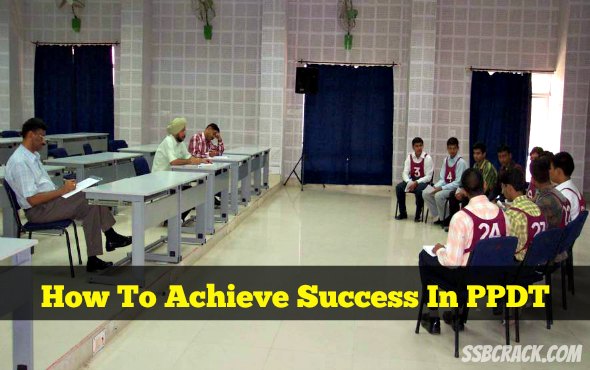
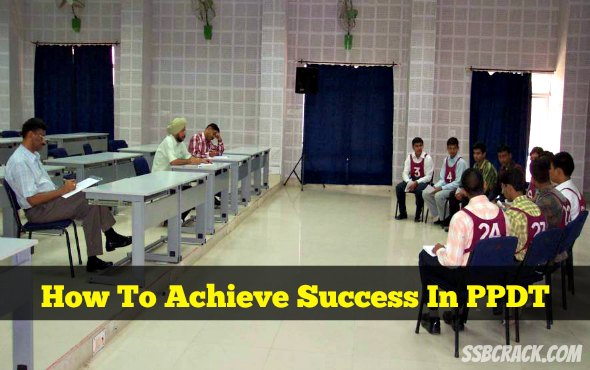
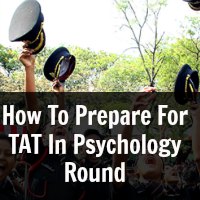
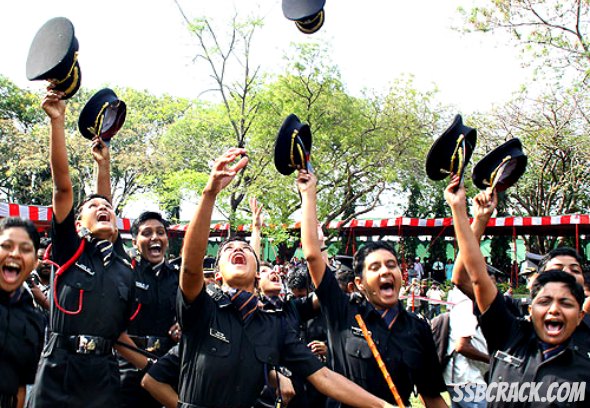
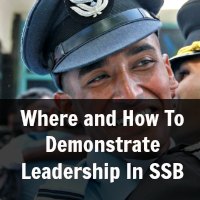
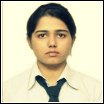 Tashi Mishra, Editorial Team
Tashi Mishra, Editorial Team